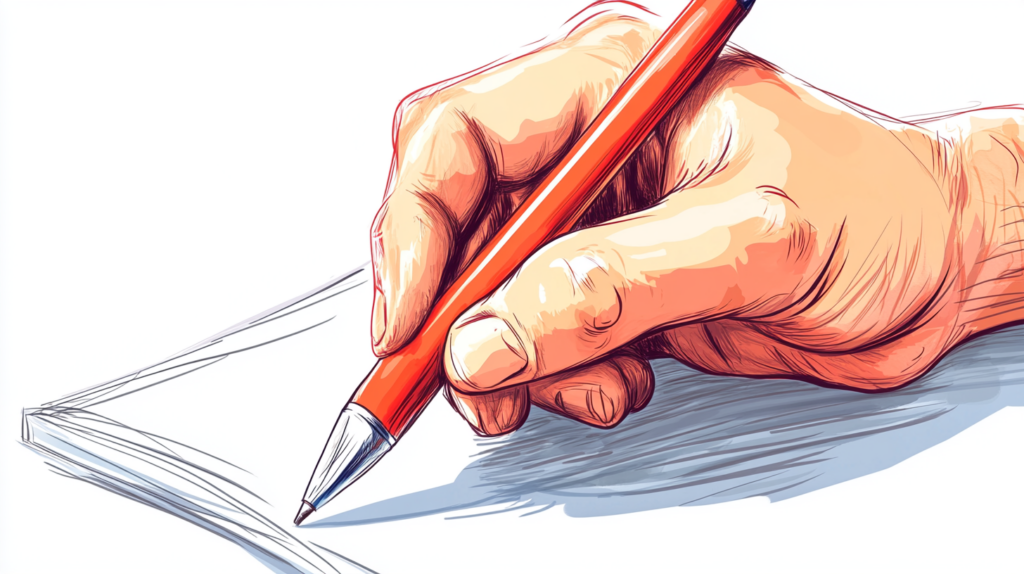Cartooning has long been a powerful form of expression, allowing artists to communicate complex ideas with humor, wit, and visual storytelling. From political satire to social commentary, cartoons have the ability to provoke thought, challenge authority, and inspire change. However, with this power comes great responsibility. The ethics of cartooning is a subject of ongoing debate, as cartoonists must navigate the fine line between freedom of expression and the potential for offense or harm.
At Toons Mag, we believe that cartoons are an essential medium for cultural and political discourse. But where should cartoonists draw the line? How do we balance the right to free speech with the ethical considerations that come with creating potentially provocative or controversial content? In this article, we’ll explore The Ethics of Cartooning and examine some of the key issues that artists face when pushing the boundaries of satire and expression.
The Role of Cartoons in Society
Cartoons are a unique form of art because they combine humor with pointed messages. Whether it’s addressing political corruption, social inequalities, or environmental issues, cartoons can simplify complex problems and communicate them to a broad audience in an accessible way. Throughout history, political cartoons have served as a check on power, challenging authority and sparking public debate.
However, cartoons also have the potential to offend, alienate, or perpetuate harmful stereotypes. This raises important questions: How far is too far? And when do cartoons cross the line from satire to insensitivity or outright harm?

Freedom of Expression vs. Ethical Responsibility
One of the key challenges in cartooning is balancing the right to free speech with ethical responsibility. In many countries, freedom of expression is a fundamental right, and cartoonists often use this freedom to push boundaries, criticize authority, and provoke thought. However, the right to free speech doesn’t absolve cartoonists from the consequences of their work, especially when their content has the potential to harm certain groups or perpetuate negative stereotypes.
Take the Charlie Hebdo incident in France, for example. The magazine’s provocative cartoons of religious figures sparked outrage, leading to violent protests and a deadly attack on the publication’s staff. While the attack was widely condemned, the controversy also raised questions about the limits of satire—particularly when it comes to sensitive topics like religion. Should cartoonists be allowed to criticize any subject without restriction, or should they exercise caution when addressing deeply held beliefs?
Cartoonists often defend their work by asserting that satire’s purpose is to provoke, not to please. Satire, by its nature, challenges the status quo and questions societal norms. But should there be limits to how far cartoonists can go in pursuit of this goal?

Satire and Offense: Understanding the Line
One of the core issues in ethical cartooning is understanding the difference between satire and offense. Satire is a form of criticism that uses humor, irony, and exaggeration to expose flaws in individuals, institutions, or ideologies. It is meant to make people think and question the world around them. However, when satire targets vulnerable communities or perpetuates harmful stereotypes, it can cause real harm rather than stimulate productive conversation.
For instance, cartoons that depict racial or ethnic stereotypes can reinforce discriminatory attitudes. While a cartoonist may intend to satirize a specific political figure or policy, the use of caricatures or derogatory imagery can unintentionally harm marginalized groups. The fine line between satire and offense is often subjective—what may be seen as biting commentary to one audience may be perceived as hurtful to another.
Cartoonists must navigate this terrain carefully, considering how their work will be received by different audiences. The key is to ensure that the satire is directed at the powerful and not used as a tool to belittle or mock those who are already marginalized.
Cultural Sensitivity in Cartooning
Cartoons are often steeped in cultural references, and what is considered acceptable in one culture may be deemed highly offensive in another. This presents a challenge for cartoonists who create content for global audiences. What is seen as light-hearted satire in one country may provoke anger or violence in another, as seen in controversies involving religious or cultural symbols.
For example, cartoons depicting the Prophet Muhammad have sparked outrage in many Muslim-majority countries, where such depictions are considered deeply offensive. Cartoonists in secular countries may view this as a challenge to free expression, but the cultural context must be taken into account when assessing the ethical implications of such work.
It’s important for cartoonists to be aware of the cultural sensitivities surrounding their subjects. While it’s impossible to avoid offending everyone, understanding the broader cultural landscape and being mindful of how certain imagery will be interpreted can help cartoonists create work that is both provocative and respectful.

The Role of Humor in Ethical Cartooning
Humor is the cornerstone of most cartoons, and it can be a powerful tool for making difficult or controversial topics more accessible. But not all humor is created equal. Satirical humor, when done ethically, challenges power structures and offers social critique. However, humor that relies on mocking individuals or reinforcing stereotypes can cross into unethical territory.
One of the ethical dilemmas cartoonists face is determining when humor is appropriate and when it becomes hurtful. For example, cartoons that make light of serious social issues like poverty, racism, or violence against women can trivialize the suffering of others. It’s important for cartoonists to consider whether their humor is contributing to a conversation or merely perpetuating harmful narratives.
That said, humor can also be a force for good, helping to bridge divides and bring people together through laughter. Ethical cartooning often involves finding ways to use humor to critique societal problems without resorting to harmful stereotypes or punchlines at the expense of vulnerable groups.
Power Dynamics in Cartooning
Ethical cartooning is also about understanding power dynamics. Satire traditionally “punches up”—it challenges those in positions of power, whether they are politicians, corporations, or influential cultural figures. When satire “punches down,” targeting marginalized groups or individuals who lack power, it becomes problematic.
For instance, cartoons that mock people with disabilities or make light of serious mental health issues can reinforce negative perceptions and stigmatize vulnerable populations. The ethical responsibility of cartoonists is to direct their criticism toward those who hold power and influence, rather than targeting those who are already disadvantaged or oppressed.
Accountability and Ethical Reflection
In the age of social media, cartoons can go viral in an instant, reaching global audiences within minutes. This creates both opportunities and challenges for cartoonists, as their work can spark widespread discussions—or, in some cases, controversy. With this expanded reach comes increased accountability. Cartoonists need to be aware of the impact their work can have and be prepared to engage in meaningful reflection when their cartoons generate backlash.
It’s important for cartoonists to listen to feedback, especially from marginalized communities, and to take responsibility when their work causes harm. Ethical cartooning isn’t just about creating provocative content—it’s about being willing to engage in self-reflection and considering the broader societal impact of the work.

Where to Draw the Line
Cartooning is an essential medium for challenging authority, questioning societal norms, and sparking important conversations. However, with this creative power comes the responsibility to navigate the ethical complexities of the craft. The ethics of cartooning is about balancing freedom of expression with cultural sensitivity, understanding the difference between satire and offense, and ensuring that humor is used responsibly.
At Toons Mag, we believe that cartoons have the power to inspire change and provoke thought, but cartoonists must also consider the ethical implications of their work. Ultimately, the line in cartooning is not fixed—it shifts with cultural contexts, power dynamics, and the evolving nature of societal values. By thoughtfully navigating these complexities, cartoonists can create work that is not only provocative but also ethical, respectful, and impactful.



